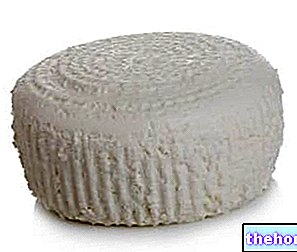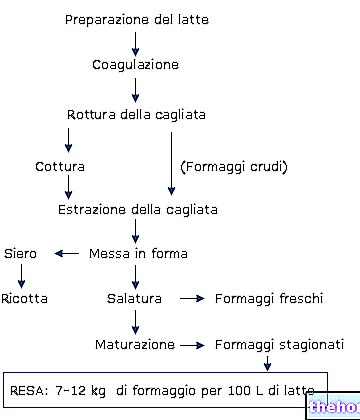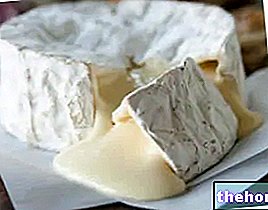What is the pecorino romano
Pecorino Romano is the name of an Italian hard and cooked cheese, produced from whole fresh sheep's milk, and awarded - since 1996 - with the DOP (Protected Designation of Origin) recognition.
It has a fairly high caloric intake and, being part of the II fundamental group of foods, it is an "excellent source of high biological value proteins, mineral salts and vitamins specific to milk and derivatives. It is known for its typically salty taste (salt guarantees its long conservation) and its intense flavor; due to these characteristics, it is mainly used grated on pasta (mainly in southern Italy).
Pecorino Romano is different from Sardinian, Tuscan and Umbrian-Marches pecorino, which are less salty and are mainly used as table cheeses; instead it is more similar to the seasoned Sicilian one.
The disciplinary of pecorino romano DOP limits the production area and the origin of the raw materials (milk, lactic ferments and lamb rennet) to the regions of Lazio and Sardinia (later we will understand better why), as well as to the province of Grosseto.
For over two millennia, pecorino romano has been part of the local gastronomic tradition, so much so that historians have defined it as one of the fundamental foods of the legionary diet in ancient Rome. Pecorino romano is therefore one of the oldest cheeses of the Italian peninsula and still today it is produced according to the same recipe.




























